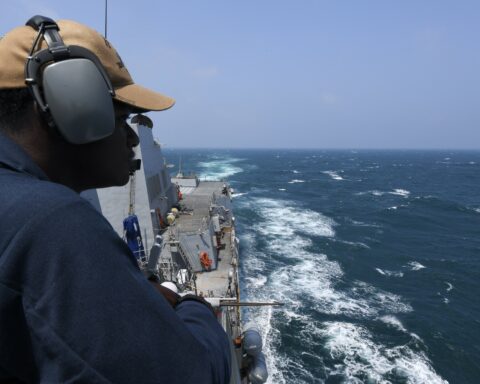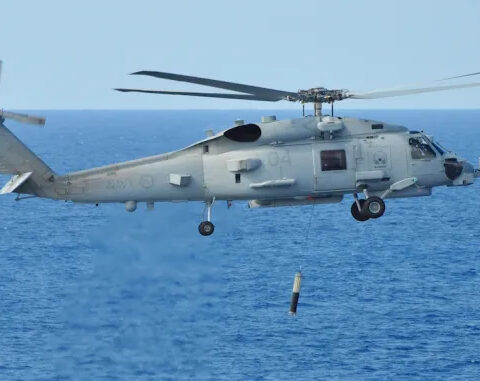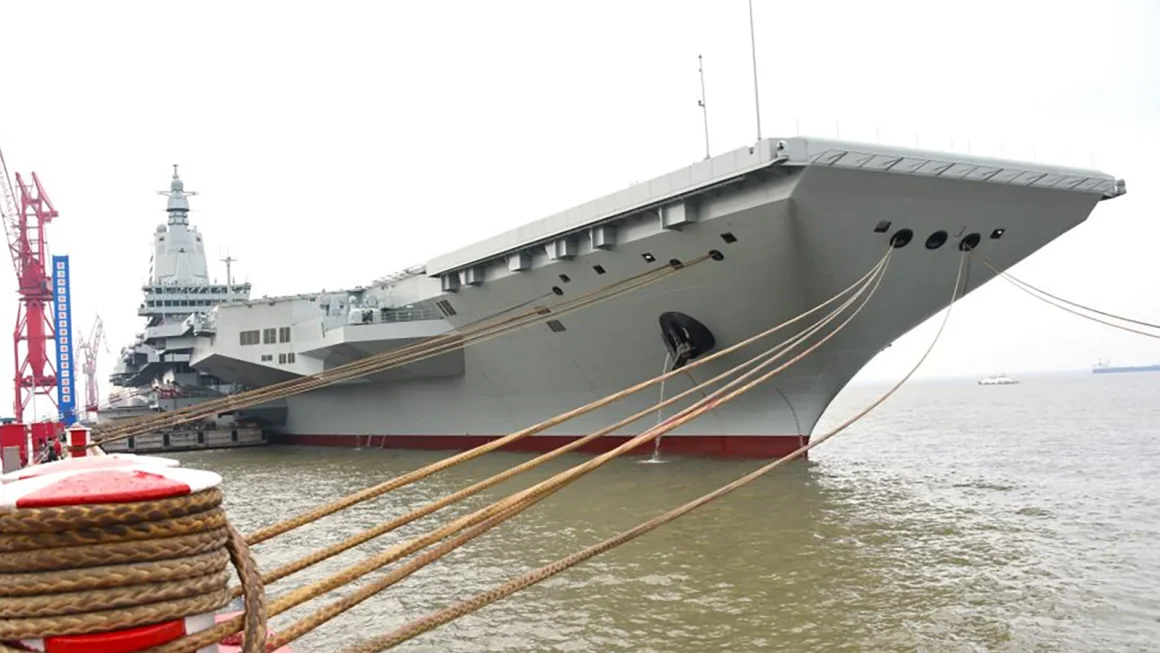The following is the Feb. 10, 2023, Joint Chiefs of Staff document, Joint Concept for Competing.
From the report
EXECUTIVE SUMMARY
Based on combatant commander (CCDR) assessments of their limited ability to compete successfully in strategic competition, at a Joint Chiefs of Staff (JCS) Tank on 19 June 2020, the Chairman of the Joint Chiefs of Staff (CJCS) directed the development of a joint concept for competition to drive joint strategic planning and joint force development and design. The Joint Concept for Competing (JCC) advances an intellectual paradigm shift to enable the Joint Force, in conjunction with interagency, multinational, and other interorganizational partners, to engage successfully in strategic competition. For the purposes of this concept, strategic competition is a persistent and long-term struggle that occurs between two or more adversaries seeking to pursue incompatible interests without necessarily engaging in armed conflict with each other. The normal and peaceful competition among allies, strategic partners, and other international actors who are not potentially hostile is outside the scope of this concept.
The Strategic Environment
Recognizing the overwhelming conventional military capability demonstrated during Operation DESERT STORM in 1991 and Operation IRAQI FREEDOM in 2003, U.S. adversaries responded by seeking to circumvent U.S. deterrent posture through competitive activity below the threshold of armed conflict with the United States. Adversaries are employing cohesive combinations of military and civil power to expand the competitive space. Adversaries aim to achieve their strategic objectives through a myriad of ways and means, including statecraft and economic power as well as subversion, coercion, disinformation, and deception. They are investing in key technologies designed to offset U.S. strategic and conventional military capabilities (e.g., nuclear weapons, anti-access and area denial systems, offensive cyberspace, artificial intelligence, hypersonic delivery systems, electromagnetic spectrum). Simply put, our adversaries intend to “win without fighting,” but they are also building military forces that strengthen their ability to “fight and win” an armed conflict against the United States. Facing this dilemma, more of the same is not enough. By ignoring the threat of strategic competition, and failing to compete deliberately and proactively, the United States risks ceding strategic
influence, advantage, and leverage while preparing for a war that may never occur. The United States must remain fully prepared and poised for war, but this alone is insufficient to secure U.S. strategic interests. If the Joint Force does not change its approach to strategic competition, there is a significant risk that the United States will “lose without fighting.”
Purpose of Strategic Competition
Analyzing any adversary’s way of war is instructive. As former CJCS General Joseph F. Dunford recognized, “We think of being at peace or war…our adversaries don’t think that way.” They believe they are in a long-term “conflict without combat” to alter the current international system, advance their national interests, gain strategic advantage and influence, and limit U.S. and allied options. The JCC postulates that the Joint Force should also view the spectrum of conflict as an enduring struggle between international actors with incompatible strategic interests and objectives, but who also cooperate when their interests coincide.
Strategic competition is thus an enduring condition to be managed, not a problem to be solved.
The Military Challenge
How should the Joint Force, in conjunction with interorganizational partners, compete in support of U.S. Government (USG) efforts to protect and advance U.S. national interests, while simultaneously deterring aggression, countering adversary competitive strategies, and
preparing for armed conflict should deterrence and competition fail to protect vital U.S. national interests?
The Central Idea
This central idea of the JCC requires that the Joint Force expand its competitive mindset and its competitive approaches. A Joint Force with a competitive mindset will view strategic competition as a complex set of interactions in which the Joint Force contributes to broader USG efforts to gain influence, advantage, and leverage over other actors and ultimately to achieve favorable strategic outcomes. In conjunction with its interorganizational partners, the Joint Force can create competitive opportunities by using military capabilities to proactively probe adversary systems for vulnerabilities; establish behavioral patterns joint forces can exploit in a crisis to conceal U.S. intentions until it is too late to respond to them effectively; shift the competition to sub-areas in which the United States can exploit its advantages, leverage, and initiative; and attempt to divert adversaries’ attention and resources to sub-areas of secondary or tertiary importance to the United States.
Download the document here.





